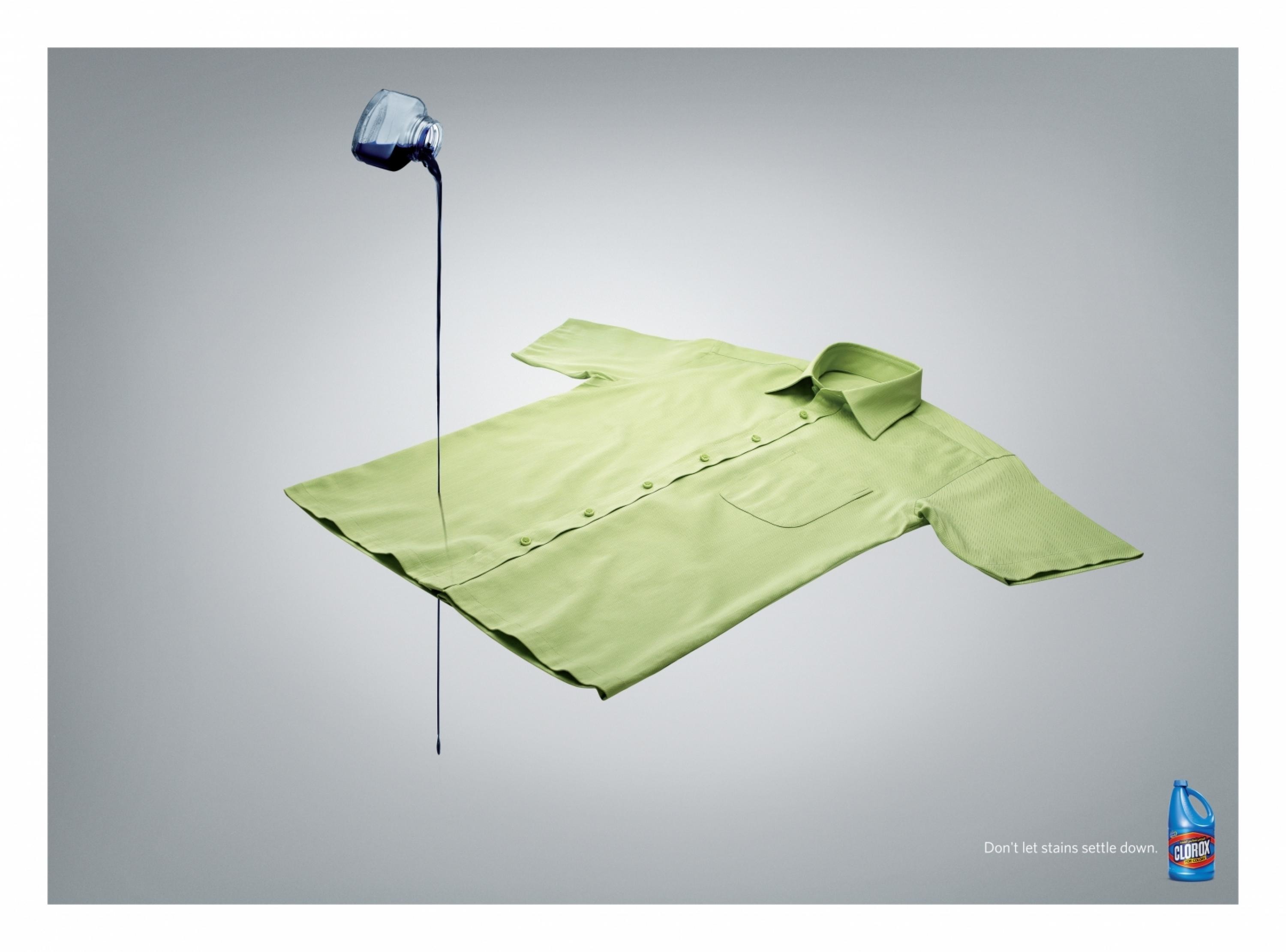Cannes Lions
Beyond the Surface
KETCHUM, New York / CLOROX / 2021

Overview
Entries
Credits
Overview
Background
Inspired by the advancements in voice-driven AI (“Okay Google, play The Weeknd!”), we set out to invent a classroom tool that employed sound -- not to play music or adjust the lighting -- but to identify that something more concerning may be spreading on and beyond classroom surfaces. The tool will be the first to detect and analyze the sounds of classroom coughs and sneezes, early indicators that germs may be on the rise.
While the beta technology was in development, the COVID-19 pandemic struck. Suddenly, the technology’s potential in schools took on new meaning and urgency. So, we added thermal capability to detect fevers, enabling educators to monitor classrooms on a near real-time basis.
But that was just the beginning. Besides our mission to build a multi-symptom identification tool, we faced the daunting obstacle of monitoring a room full of students, while maintaining their privacy and anonymity.
Idea
Inspired by the advancements in voice-driven AI (“Okay Google, play The Weeknd!”), we invented the first classroom tool that employs sound -- not to play music, adjust the lighting or tell you when the Mayflower arrived -- but to identify that something more concerning may be spreading beyond the surfaces of the classroom.
Our technology provides an early warning system to give educators actionable data indicating there may be an uptick in classroom surface germs.
The tool uses the power of machine learning and an audio library of tens of thousands of coughs and sneezes to passively analyze a room full of students, and like a smoke detector, proactively alert school administrators when additional disinfection and protection measures may be needed.
We also developed technology so the tool could pinpoint students’ body temperatures 100.4°F or above in the classroom through thermal detection, achieving a high degree of accuracy.
Strategy
With our technology, educators will have access to actionable data never previously available to track the spread of germs in the classroom – near real-time cough and sneeze data that can translate into an assessment of symptoms of a potential outbreak.
While coughs or sneezes aren’t identical, they have a consistent fingerprint. Our machine learning model uses two datasets, one of cough and sneeze spectrograms (pictures of sound) and one of general classroom spectograms like laughter, chatter and moving chairs. The datasets consist of tens of thousands of spectrogram images gathered from North American households to account for variations in languages, age and voice frequencies. Additional AI thermal sensing picks up temperatures registering 100.4°F or above. Algorithms refine performance.
Placed at the front of classrooms, the tool anonymously reads coughs and sneezes and alerts educators via a custom dashboard when the data surpasses a predetermined threshold established by an epidemiologist.
Execution
We collected a library of over 50,000 sounds to train the technology to effectively identify if the audio had the frequencies and amplitude of a cough or sneeze.
We refined our research proposal with epidemiologist Dr. Saskia Popescu and improved the prototype by adding thermal detection technology to measure students’ body temperatures.
Our technologists developed a web-based dashboard notification system to process algorithm results and view data points in real time.
As the beta technology neared completion, we conducted a successful field test, filmed an informational video explaining how it works and built a microsite offering the opportunity to sign up and learn more information.
Technologists continue to refine algorithms to enhance performance. Currently, research into regulatory testing/compliance is underway to determine the feasibility of bringing the technology to market.
Outcome
As a brand that has spent a century helping classrooms create clean, safe spaces for learning, The Clorox Company began developing this new tool with a simple question, “Could we be doing more?” And “What might that look like if we harnessed the power of machine learning?”
An initial field test revealed that our innovative beta technology can identify coughs and sneezes with over 95% accuracy – which earned it an enthusiastic response.
Over 1,000 people signed up on our microsite in one week, eager to learn more information as development continues.
With that, our “what if” beta tool went from theoretical test subject to a catalyst for Clorox to explore how new data-enhanced technologies can help reduce the spread of disease. We anticipate thousands of schools nationwide will be interested.
Similar Campaigns
12 items









